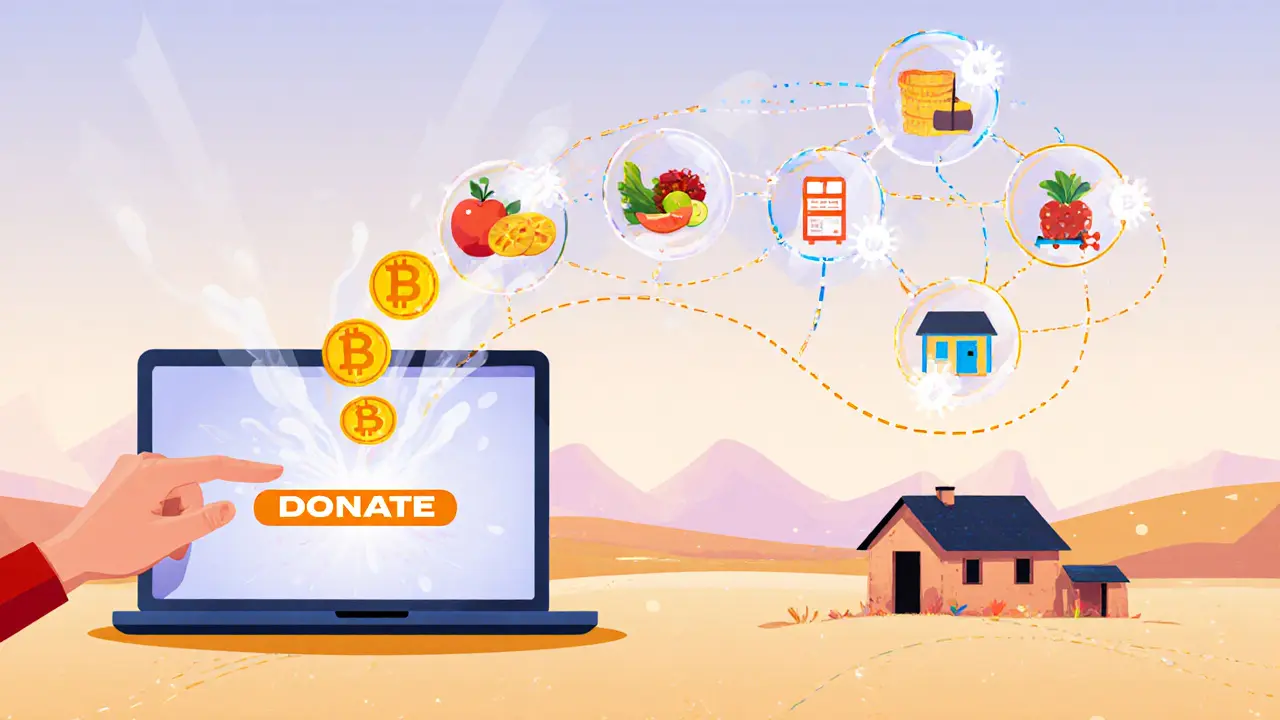Blockchain for Nonprofits: How NGOs Are Using Crypto and Smart Contracts
When you think of blockchain for nonprofits, a system that lets organizations track donations, automate payouts, and prove impact without middlemen. It's not just about crypto donations—it's about rebuilding trust in how aid flows. Most charities still rely on banks, payment processors, and paperwork that eat up 20% or more of every dollar raised. Blockchain changes that. It doesn’t need a bank to verify a donation. It doesn’t need a third party to confirm a grant was spent right. The ledger does it all—publicly, permanently, and for free.
One key tool making this possible is smart contracts for charities, self-executing code that releases funds only when conditions are met. For example, a nonprofit building a well in a remote village can set up a contract that sends the next payment only after satellite images confirm the well is built. No middleman. No guesswork. Just proof. This isn’t theory. Groups like the Red Cross and smaller NGOs in Southeast Asia are already testing this with crypto donations tied to real-world outcomes. And it’s not just about giving. It’s about accountability. Donors want to know their money didn’t vanish. Blockchain gives them a public trail—from the moment a donation is made to the moment a child gets clean water.
Then there’s decentralized fundraising, a way for charities to raise money directly from global supporters without relying on platforms that take 5-10% fees. Instead of GoFundMe or PayPal, a nonprofit can accept crypto directly into a wallet, with every transaction recorded on-chain. This cuts costs, opens up donors from countries with banking restrictions, and lets small groups compete with big NGOs on transparency. You’ll see this in action with tokens tied to impact—like a token that gives holders voting rights on how funds are used, or NFTs that represent a tree planted or a meal delivered.
But it’s not magic. Many nonprofits still don’t know how to set this up. Some get scammed by fake airdrops pretending to be charity campaigns. Others waste time on complex tech that doesn’t match their needs. The real win isn’t using the fanciest blockchain—it’s using the right tool for the job. Whether it’s tracking aid with a simple public ledger, automating payroll for field workers in remote areas, or letting donors see exactly where their money went—blockchain for nonprofits is about clarity, not complexity.
Below, you’ll find real reviews, breakdowns, and warnings about the tools and tokens that are actually helping charities right now. Some are working. Some are scams. All of them show how this space is changing—fast.
